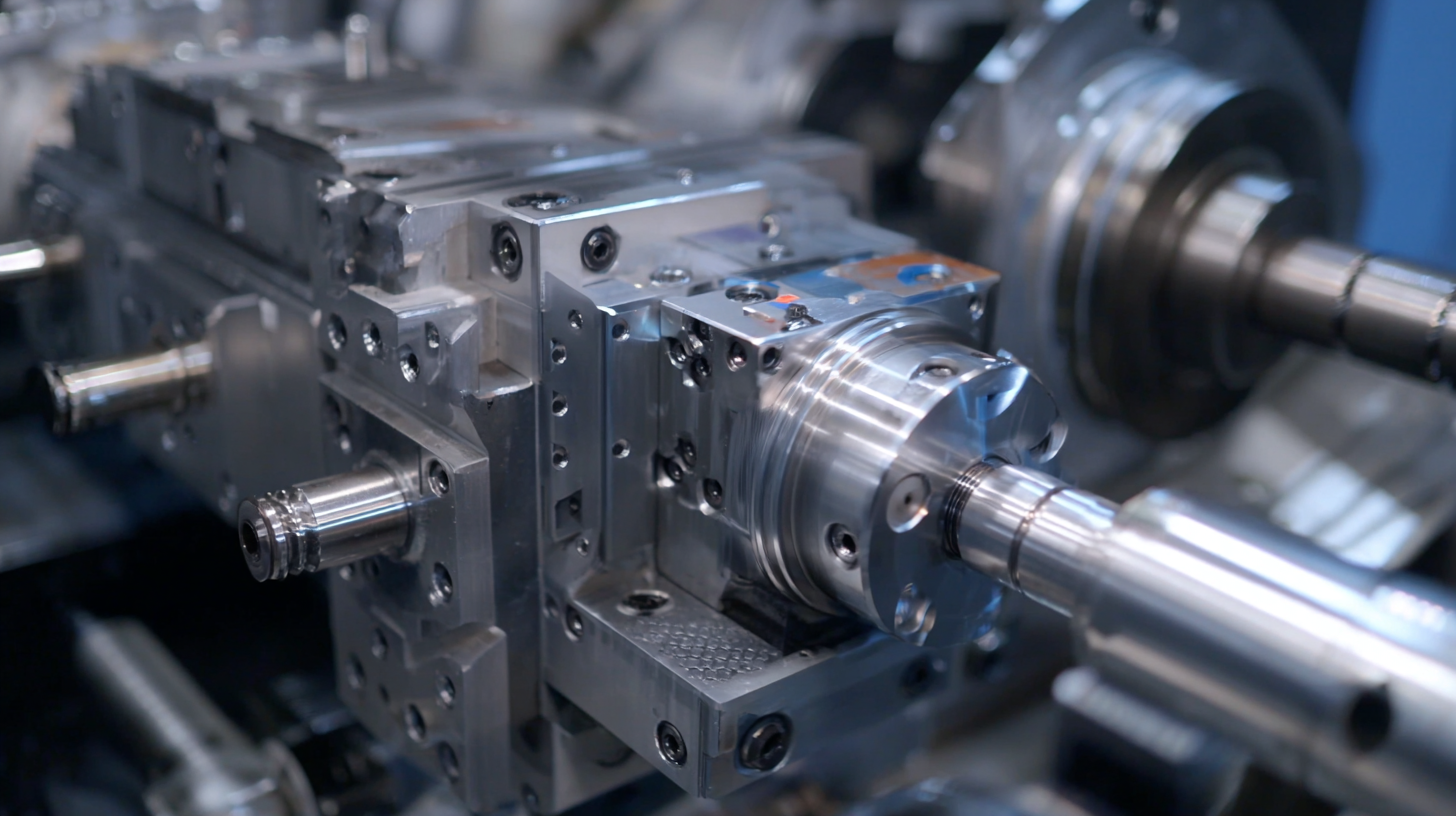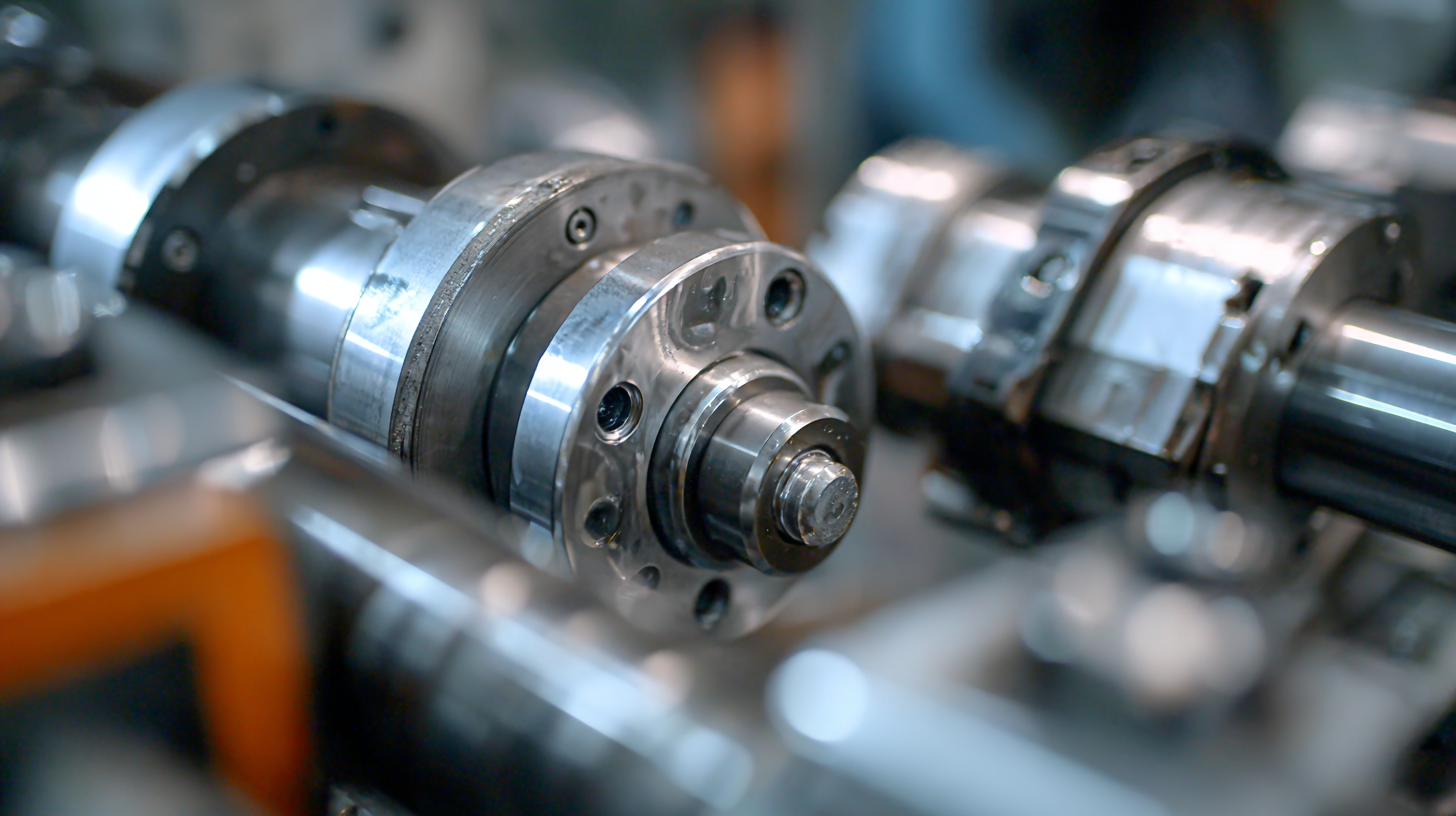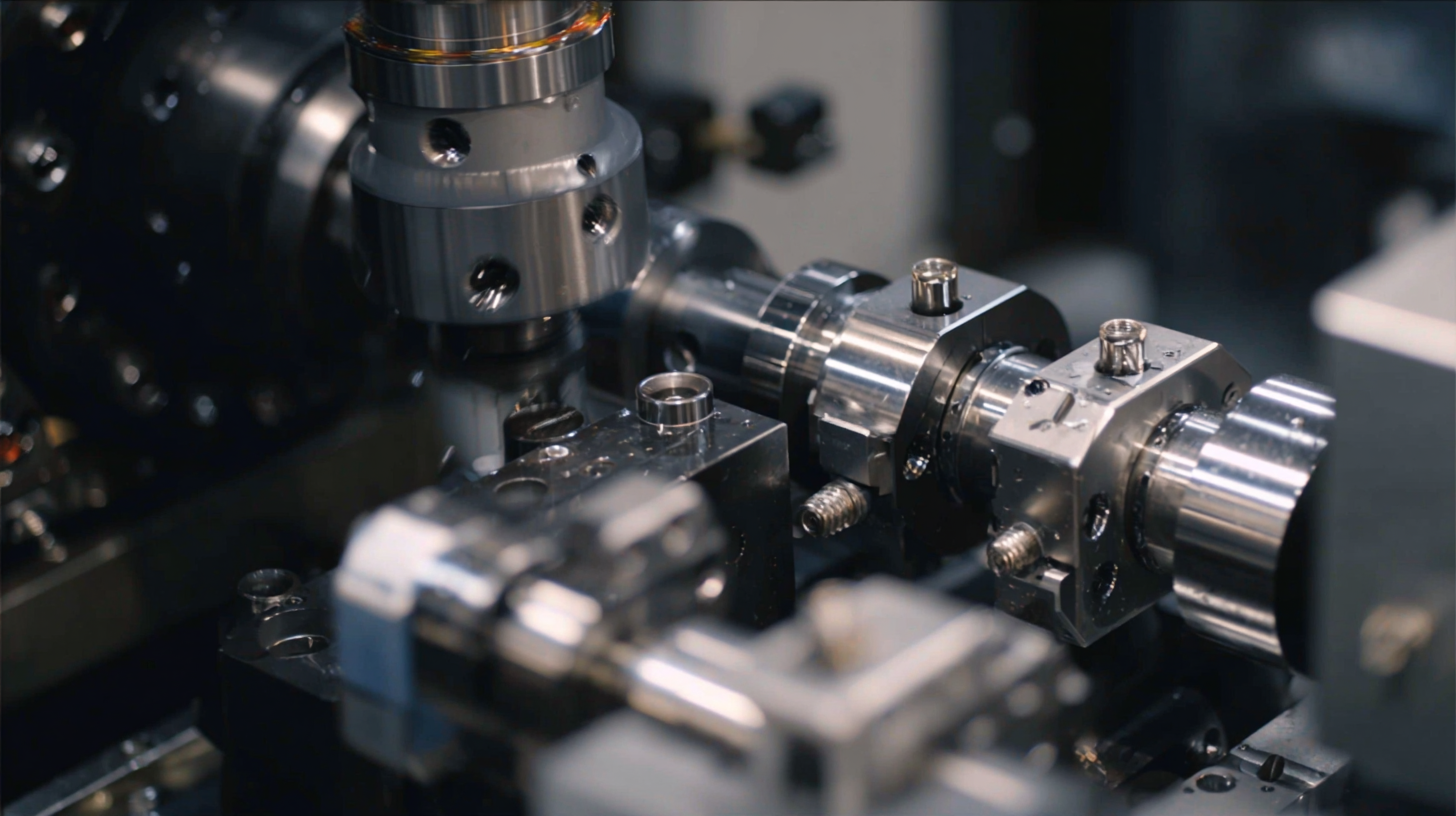
The Future of Best Thread Rolling Machine Components in Automation
The advancement of automation technology has significantly transformed the manufacturing landscape, especially in the area of thread rolling machine components. According to a report by Industry Research Company, the global market for thread rolling machines is projected to reach $XX billion by 2025, with a CAGR of XX% from 2023 to 2025. This growth is driven by the rising demand for precision-engineered fasteners across various sectors such as automotive, aerospace, and electronics. As automation continues to evolve, the need for specialized components that enhance the efficiency and reliability of thread rolling processes becomes paramount.

In this blog, we will explore the distinctive features and application scopes of different types of thread rolling machine components, examining their roles in optimizing production and meeting industry standards. Understanding these alternatives is essential for manufacturers aiming to remain competitive in an increasingly automated environment.
The Role of Precision in Thread Rolling Machine Components for Automation
In the realm of automation, the precision of thread rolling machine components is pivotal for enhancing manufacturing processes. The demands of modern industries necessitate that these components, integral to motion control systems, operate with utmost accuracy. This precision directly influences the efficiency and reliability of automated manufacturing and inspection systems, ensuring they can produce intricate designs with consistency and speed. As the CNC machine market continues to grow, projected to reach nearly $200 billion by 2032, the emphasis on precision in thread rolling technologies will become increasingly significant.
As manufacturers seek ways to optimize production and reduce reliance on skilled labor, the role of precision in thread rolling machines cannot be overstated. By enabling less experienced operators to manage complex tasks seamlessly, precision-engineered components can dramatically increase throughput and reduce operational costs. Furthermore, with industry shifts toward automation driven by rising labor costs, the need for highly accurate and reliable thread rolling components will shape the future landscape of manufacturing, facilitating not just operational efficiency but also innovation in product design.
The Future of Best Thread Rolling Machine Components in Automation
| Component | Material | Precision Level | Application Area | Trends |
|---|---|---|---|---|
| Die | High-speed steel | ±0.01 mm | Automotive Industry | Increased automation and smart manufacturing |
| Roller | Carbide | ±0.005 mm | Aerospace | Adoption of AI in quality control |
| Guide | Aluminum alloy | ±0.02 mm | Consumer Electronics | Shift towards eco-friendly materials |
| Clamping Device | Stainless steel | ±0.01 mm | Heavy Machinery | Integration of IoT for real-time monitoring |
| Motor | Copper | ±0.01 mm | Industrial Automation | Focus on energy efficiency |
Impact of Industry 4.0 on Thread Rolling Machine Technology and Component Integration
The advent of Industry 4.0 has significantly influenced the advancements in thread rolling machine technology and the integration of components. With increased connectivity and the rise of smart manufacturing, thread rolling machines are becoming more intelligent, allowing for real-time data collection and analysis. This data-driven approach enhances efficiency, minimizes waste, and maximizes production speed. By incorporating IoT sensors, manufacturers can monitor machine performance continuously, predicting maintenance needs before a breakdown occurs, thus optimizing uptime and productivity.
Moreover, the integration of machine learning algorithms enables these machines to adapt to varying production requirements seamlessly. As manufacturers strive for greater customization and precision, automated adjustments to the rolling parameters can be made on demand. This level of flexibility not only improves the quality of the finished product but also streamlines the overall production process. As Industry 4.0 continues to evolve, we can expect an increasing reliance on advanced thread rolling machine components that are not only technologically superior but also more adaptable to the changing needs of the manufacturing landscape.
The Impact of Industry 4.0 on Thread Rolling Machine Components
Key Data Insights: Growth Trends in Automated Thread Rolling Machine Components by 2025
The automation landscape for thread rolling machine components is rapidly evolving, with projections indicating significant growth trends leading up to 2025. According to recent data, the global market for automated thread rolling machinery is expected to expand by over 12% annually. This growth is driven by the increasing demand for precision engineering and the essential role these machines play in various manufacturing processes. Furthermore, advancements in AI and real-time analytics are expected to enhance operational efficiency, allowing companies to respond swiftly to market demands.

Industry experts forecast that companies implementing automated systems for thread rolling will see productivity improvements of up to 30%. The integration of smart technologies not only streamlines production but also enhances the quality of the end products, reducing waste and minimizing errors. As industries such as automotive and aerospace continue to seek high-quality components, the importance of reliable and advanced thread rolling machines cannot be overstated. This trend signals a promising future where innovation and automation intertwine, ultimately shaping a new era in manufacturing.
Analyzing Material Innovations in Thread Rolling Components for Enhanced Automation Efficiency
The advancement of automation in manufacturing has significantly impacted the design and functionality of thread rolling machine components. As industries evolve, so too does the need for innovative materials that enhance the efficiency and durability of these components. Innovations such as high-strength alloys and advanced composites are being developed to withstand the increased demands of automated processes. These materials not only improve the performance of threading operations but also extend the lifespan of machine components, reducing downtime and costs associated with frequent replacements.
Tip: When selecting materials for thread rolling machines, consider the specific operational requirements such as load capacity and resistance to wear. Advanced materials like titanium-based alloys can offer a balance of lightweight and strength, crucial for high-speed operations.
Moreover, integrating smart technology into thread rolling machines is aligning with these material innovations. Sensors and IoT capabilities allow for real-time monitoring of machine performance, enabling predictive maintenance based on material wear. This synergy between new materials and smart technology paves the way for a more automated and efficient manufacturing landscape.
Tip: Implementing predictive maintenance strategies can significantly reduce operational costs. Encouraging regular data analysis will help in understanding wear patterns and optimizing the performance of thread rolling components.
Cost-Benefit Analysis: Automation vs. Manual Thread Rolling Machine Operations in 2023
As industries strive for greater efficiency, the decision between automation and manual operations in thread rolling processes has become a critical consideration for manufacturers. In 2023, a cost-benefit analysis reveals significant advantages of automation. Automated thread rolling machines can dramatically reduce labor costs by minimizing the need for skilled operators. Moreover, these machines offer unparalleled speed and precision, leading to increased productivity that manual operations simply cannot match.

However, the initial investment in automation technology can be daunting for some businesses. Upfront costs, maintenance, and potential integration challenges pose financial risks. Nevertheless, when considering long-term savings on labor and increased output, many companies find that the return on investment justifies the expense. Additionally, automated systems often lead to consistent product quality with less waste, creating a compelling case for investment in future-ready technology. Thus, while manual operations may seem cost-effective in the short term, automation is steadily proving its worth as the future of thread rolling.
